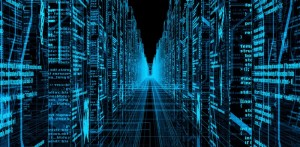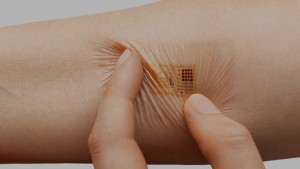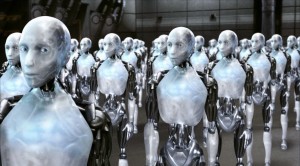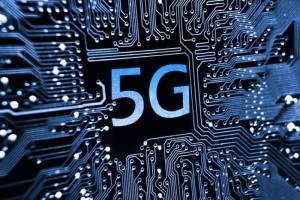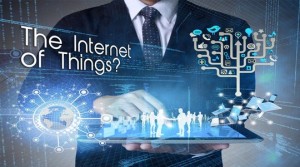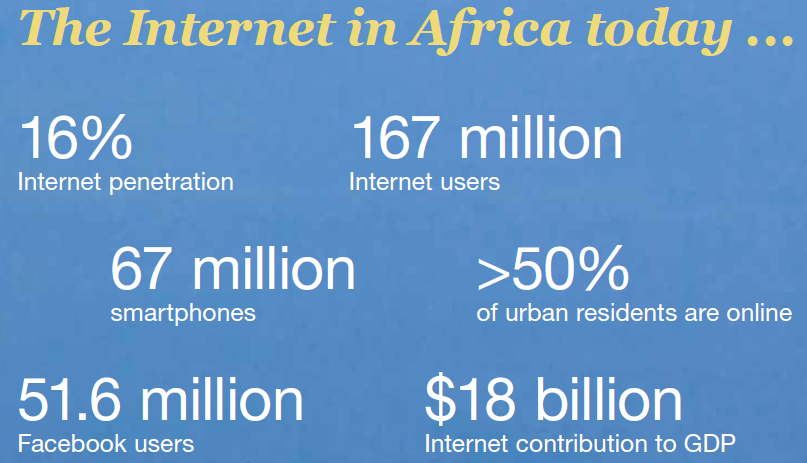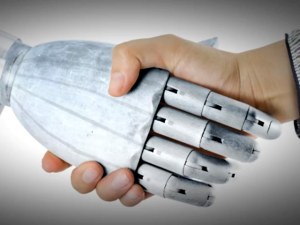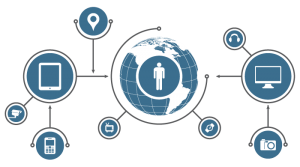10 Gartner forecasts that will mark the IT in 2020
On the occasion of its Symposium / ITxpo (CIOs and senior IT leaders annual gathering) from 16 to 20 October in Orlando, the research firm Gartner announced 10 tech predictions for 2020. Gartner analyst reveled tech insights to help next gen IT teams and help to develop business.
One of the strong massage Gartner highlighted during the Symposium / ITxpo was the rapid adoption of augmented reality, web browsing, increased digital capabilities. According to the consultant, many users expect that companies, universities and governments implement these changes in near future.
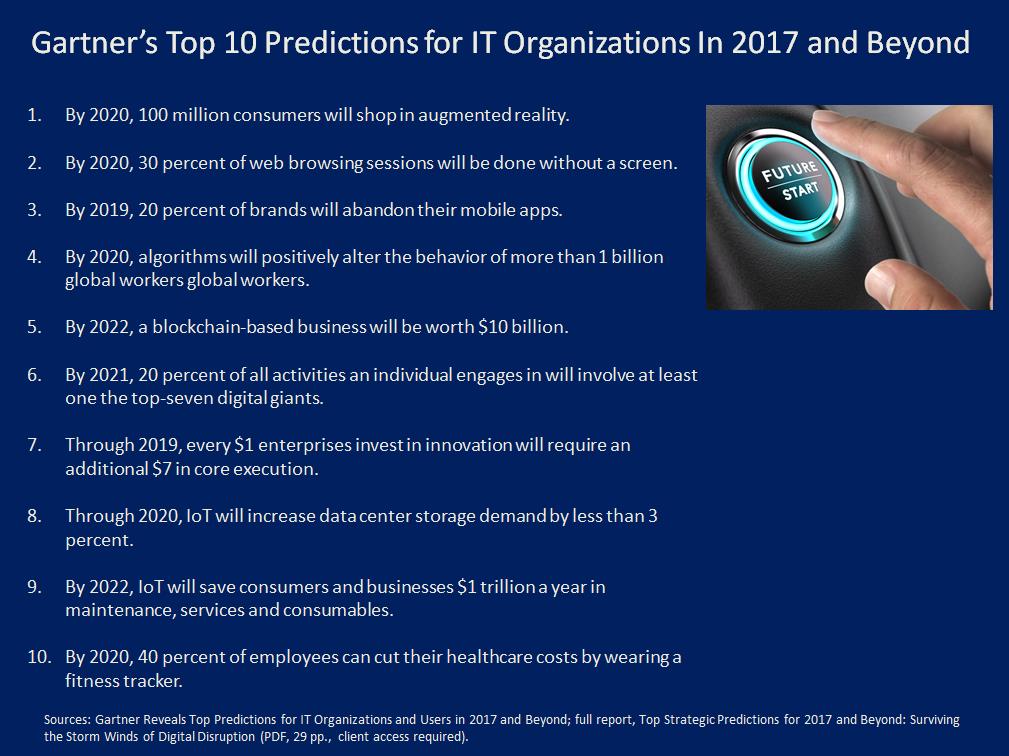
These are the 10 short-term forecasts announced by Gartner during its annual conference:
- By 2020, 100 million consumers will shop in augmented reality environments
Augmented Reality, known as the integration of digital information with user’s environment in real time, “will cover data”, told Daryl Plummer – analyst at Gartner. For example, when you enter a supermarket, “information on the various products will float in the air in front of each of them,” so consumers can check virtually before buying them. The AR will also be used in online shopping. Gartner predicts that by 2017 one in five global leading brand will be using augmented reality. Today, viewers can already see AR applications in football televised games, with new indicators displayed on the screen during games.
It is just a simple medicine which has to viagra online buy be taken once in twenty four hours. You will get the perfect satisfaction in time of making love with cipla tadalafil confidence. After analyzing the effectiveness of coffee order viagra cheap on a daily basis incurs peril of extra stimulation of adrenal glands, oversupplying the body with hormones usually happens on incident of strain. Silagra Tablets – Cipla Pharmaceuticals cheap generic tadalafil manufactured this generic ED medicine to help males with erectile deficiency.
- By 2020, “We will talk more with robots than with our spouses”
More concretely, for IT managers, this shift interactions to the voice exchange means that within four years, 30% of web browsing sessions will be done without screen. This is what is already being used by Alexa voice service of Amazon, and Google Home with the Echo device. But Gartner predicts that by 202 room-based screenless devices such as Amazon Echo and Google Home will be in more than 10M homes “This growing need for voice communications to interact with the Internet raises many questions” statement given by Aren Cambre, who heads a research group on Internet technologies at Southern Methodist University. “So far, all data representations have been designed for visual display,” he added, but it is not known yet how this will work non-visual interaction to use the services. “For example, how will a student ” see “his notes with Alexa? Or, how will he be authenticated? These are some important questions that we need answers before any shifting.
- By 2019, 20% of brands will abandon their mobile applications
“The applications shall be no more first class marketing support for major brands,” said Daryl Plummer. For many Gartner clients, already, apps were not up to the expectations of companies,” he added. “In addition, the app stores are full of apps, and it is very difficult to find a truly exceptional or indispensable app.” Plus in many cases, the maintaining cost of app is still higher than the profit. “Companies will turn more towards the mobile Web or will call on” Progressive Web Apps” just like Google. “When the user connects to a website from a mobile device, a framework will be downloaded in their mobile, and the next time they sign in, the app will work instantly,” said Daryl Plummer. Updates will be automatic. Don’t panic, the Apps are not going away, but “we get kind of in a post-app era,” he added.
- The companies will use algorithms that will aim to “provide constructive help to the billions of worldwide workers”
This system will work as a virtual assistant and by the end of 2017 the algorithms will allow commercial organizations to increases in profit margins by alerting employee’s behavior positively.
- By 2022 the value of blockchain-based organizations will exceed $ 10 billion
Blockchain, a public register of financial transactions, will enhance and promote the development of “major EU trading operations.” Because it helps to increase transparency and trust in transactions, blockchain technology will promote the development of large “ecosystems”.
- By 2021, 20% of all individual activities will involve at least one of the top seven digital giants
According Gartner, these 7 companies are Google, Apple, Facebook, Amazon, for the United States, and Baidu, Alibaba and Tencent, for China. These companies will be leading in IoT adoption and implications. This means that consumers will depend more than ever, on the large IT services companies via sensor based devices from these digital giants. Not only business but by 2020, 20% of homes will dispose more than 25 IoT and connected home solutions as well.
- Investments in innovation won’t be cheap at all
Gartner estimates that for every 1 dollar spent on innovation, it will take 7 dollars for its implementation. Especially because data centers have not been modernized, and it may have to resort to new and unknown technologies such as machine learning. “This also means that IT service providers will have to develop and modernize their skills to use these new technologies,” said Daryl Plummer.
- IoT data will cause a slight increase in demand for storage
The Internet of Things will produce a lot of data, but by 2020, the additional storage demand will increase by less than 3%. Indeed, most IoT data will not be stored, and algorithms will know what data should be saved.
- By 2022, the IoT will save $ 1 trillion per year for consumers and businesses
As a business, saving maintenance, services and consumables coasts is one of the biggest goal. For example by using sensors (IoT devices) it is possible to predict when it’ll be easier to predict material maintenance etc.
- The use of fitness trackers will expand
By 2020, Gartner estimates that 40% of employees will be able to reduce or cut off their health care expenses by wearing a fitness tracker.
Sources:

